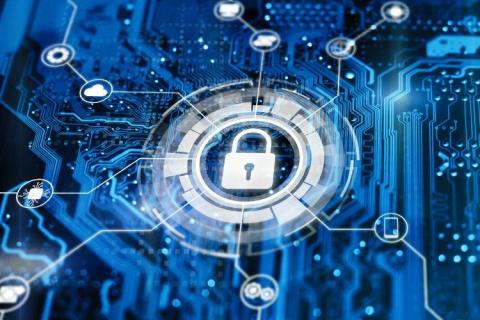King & Wood Mallesons CISO relies on Elastic to "spot and identify" security threats
King & Wood Mallesons (KWM) is among the world’s most innovative law firms and is represented by 2,400 lawyers in 28 locations across the globe. The international law firm, based in Australia, helps clients flourish in Asian markets by helping them understand and navigate local challenges and by delivering solutions that provide clients with a competitive advantage.










